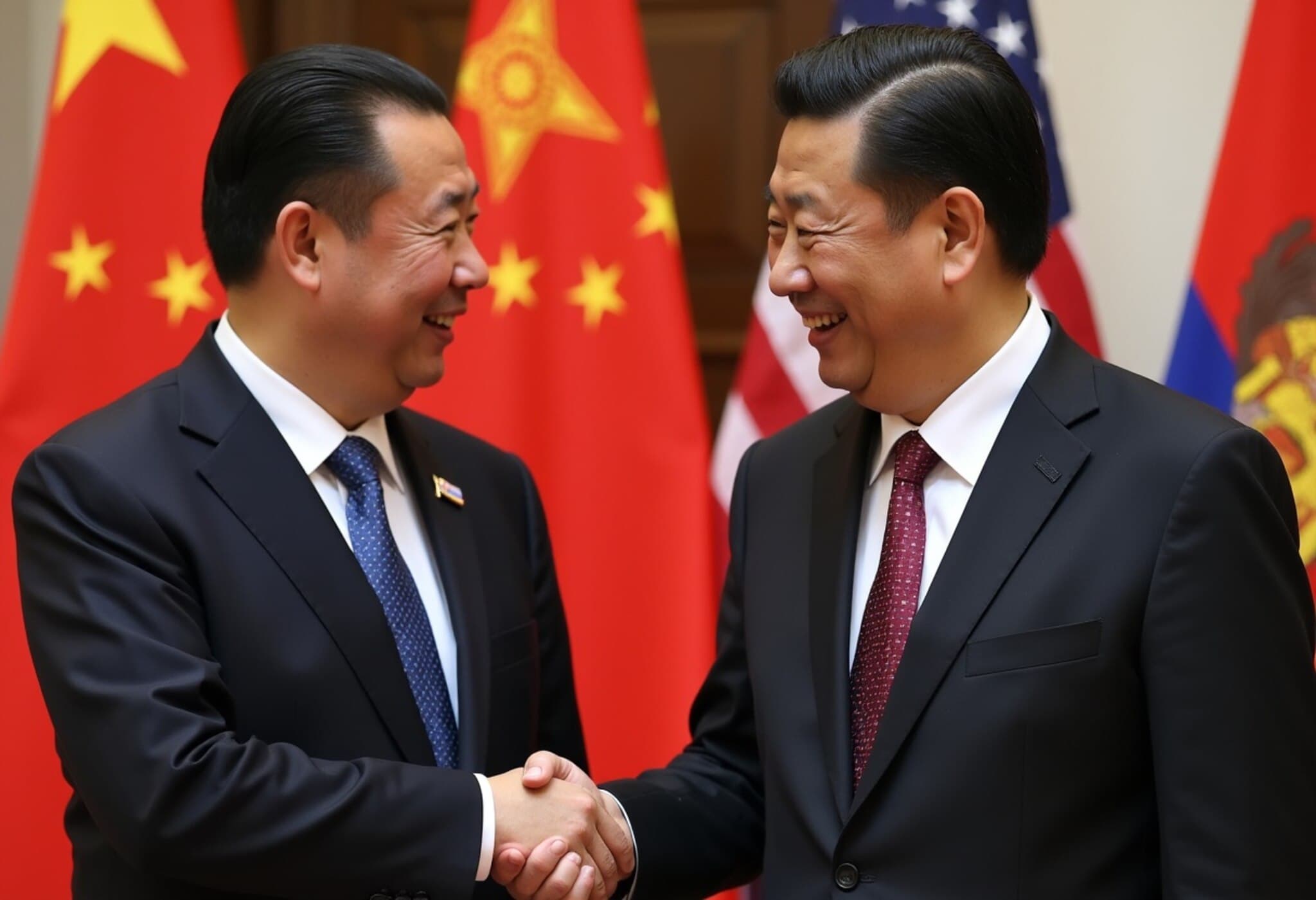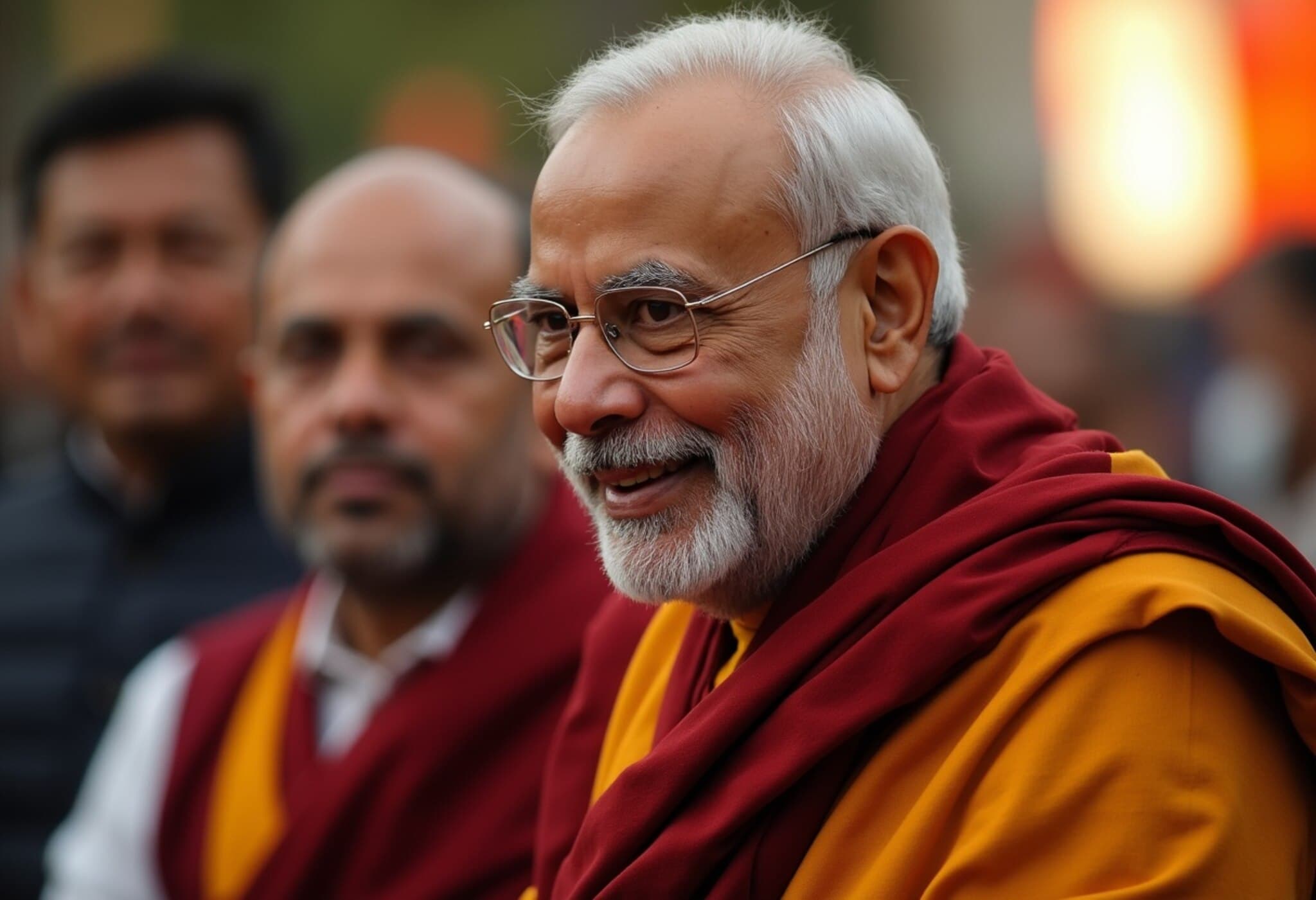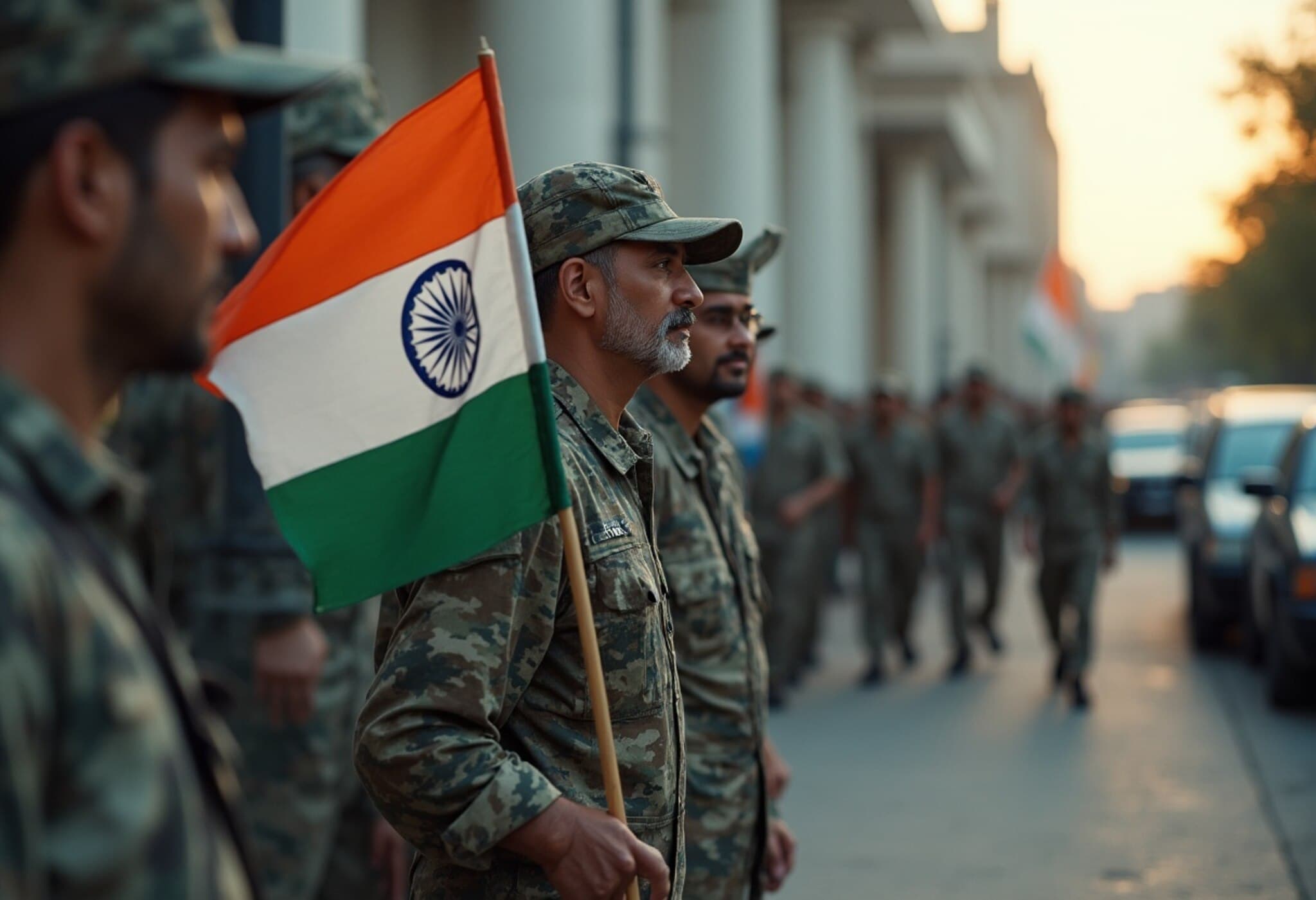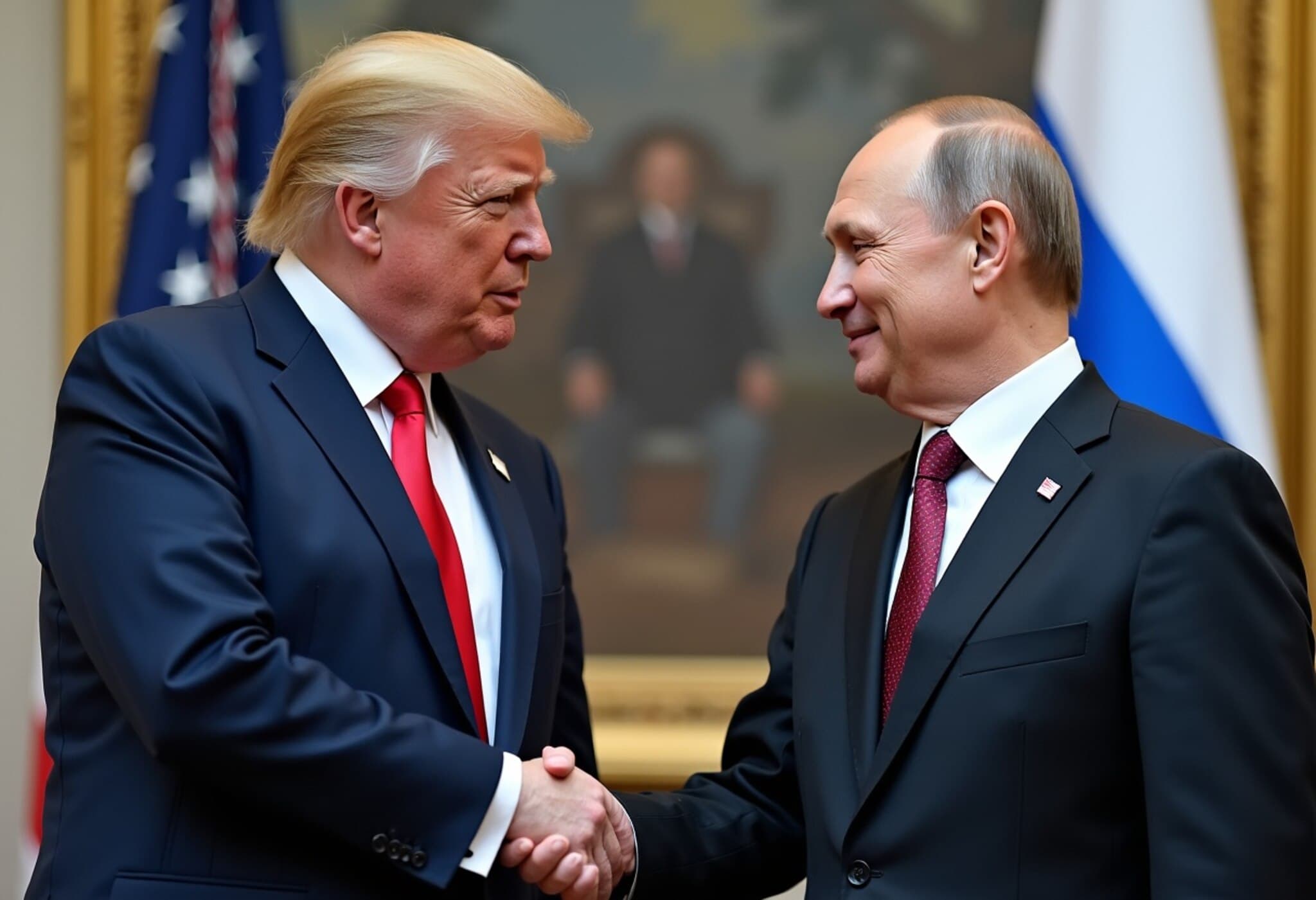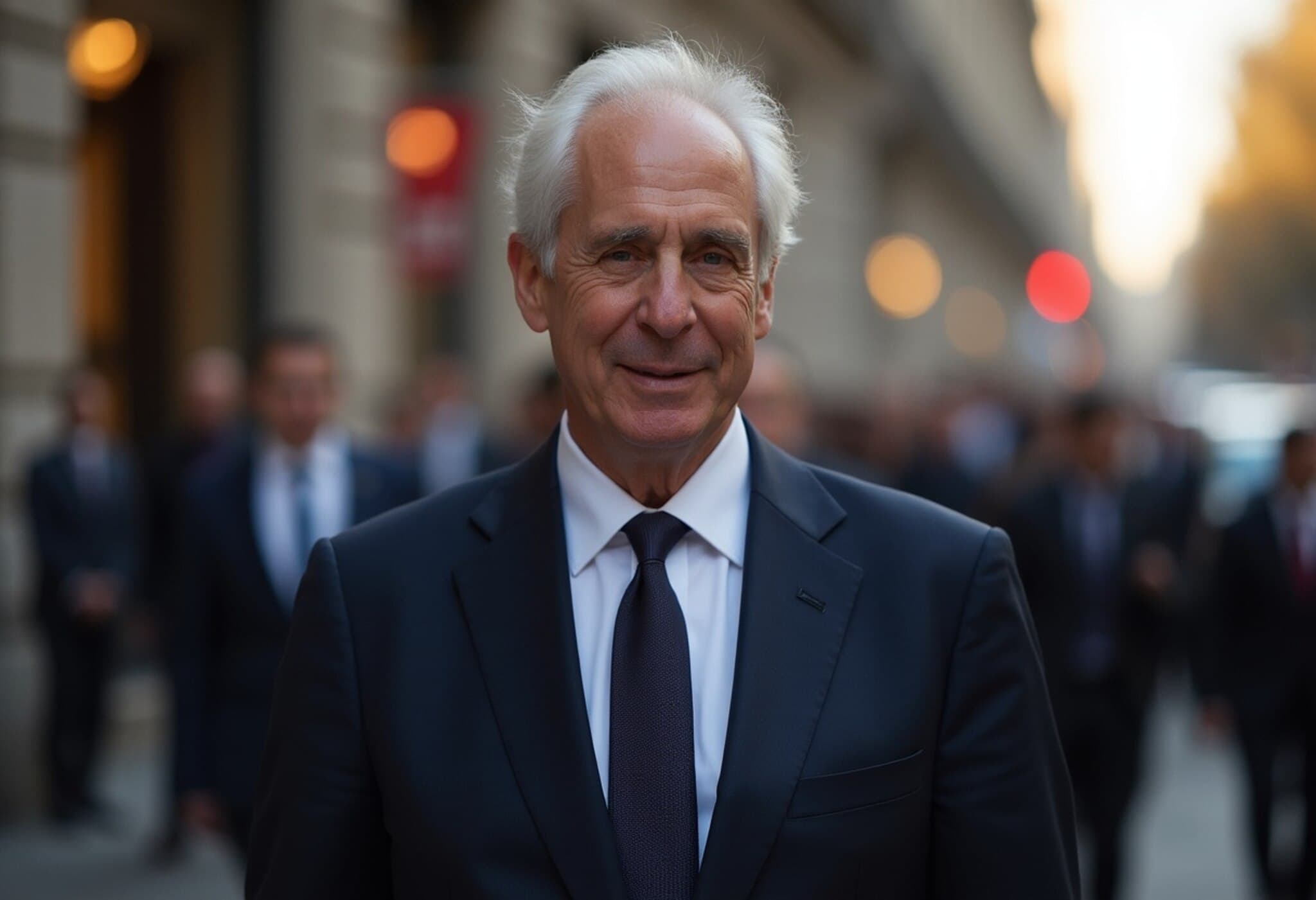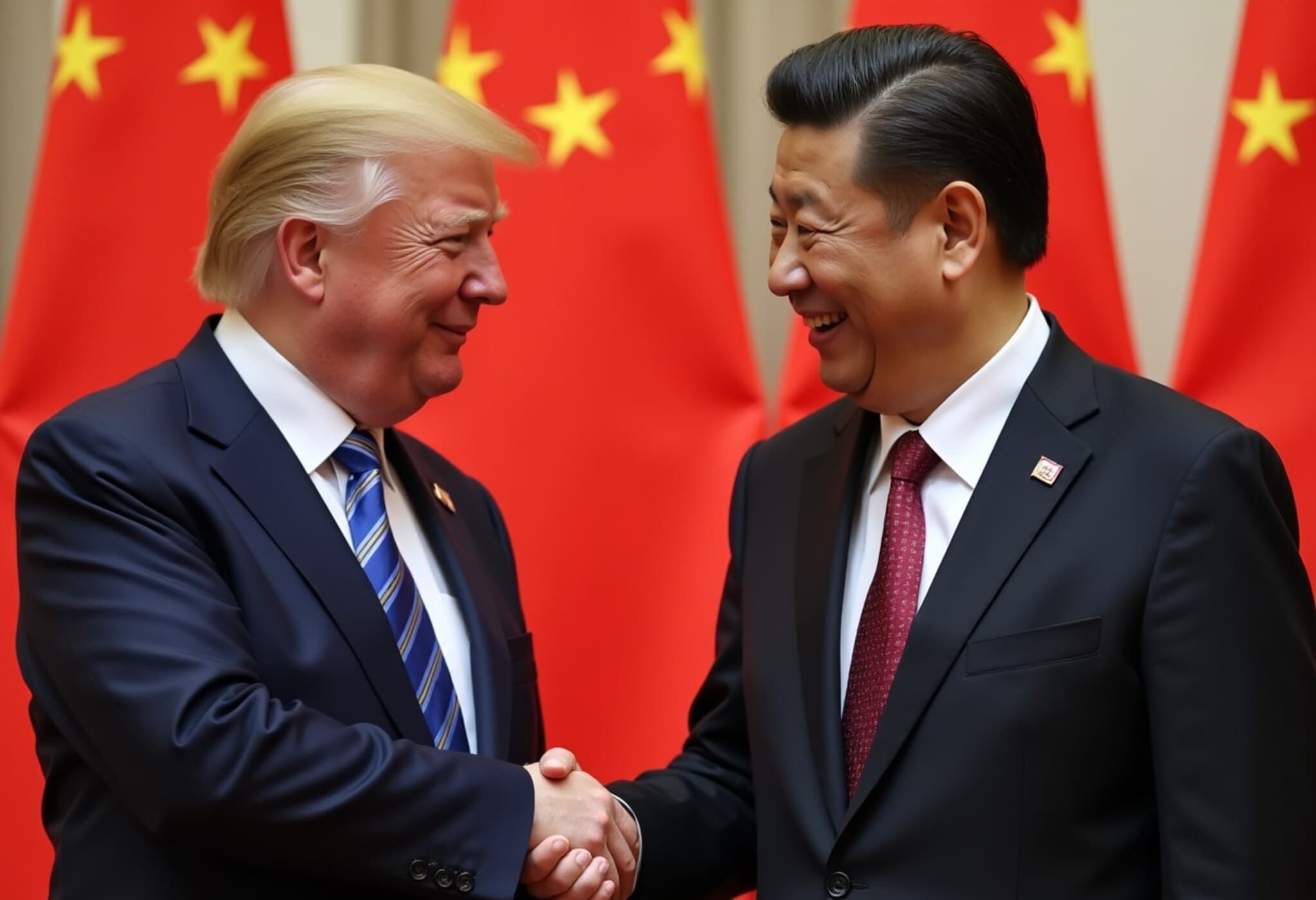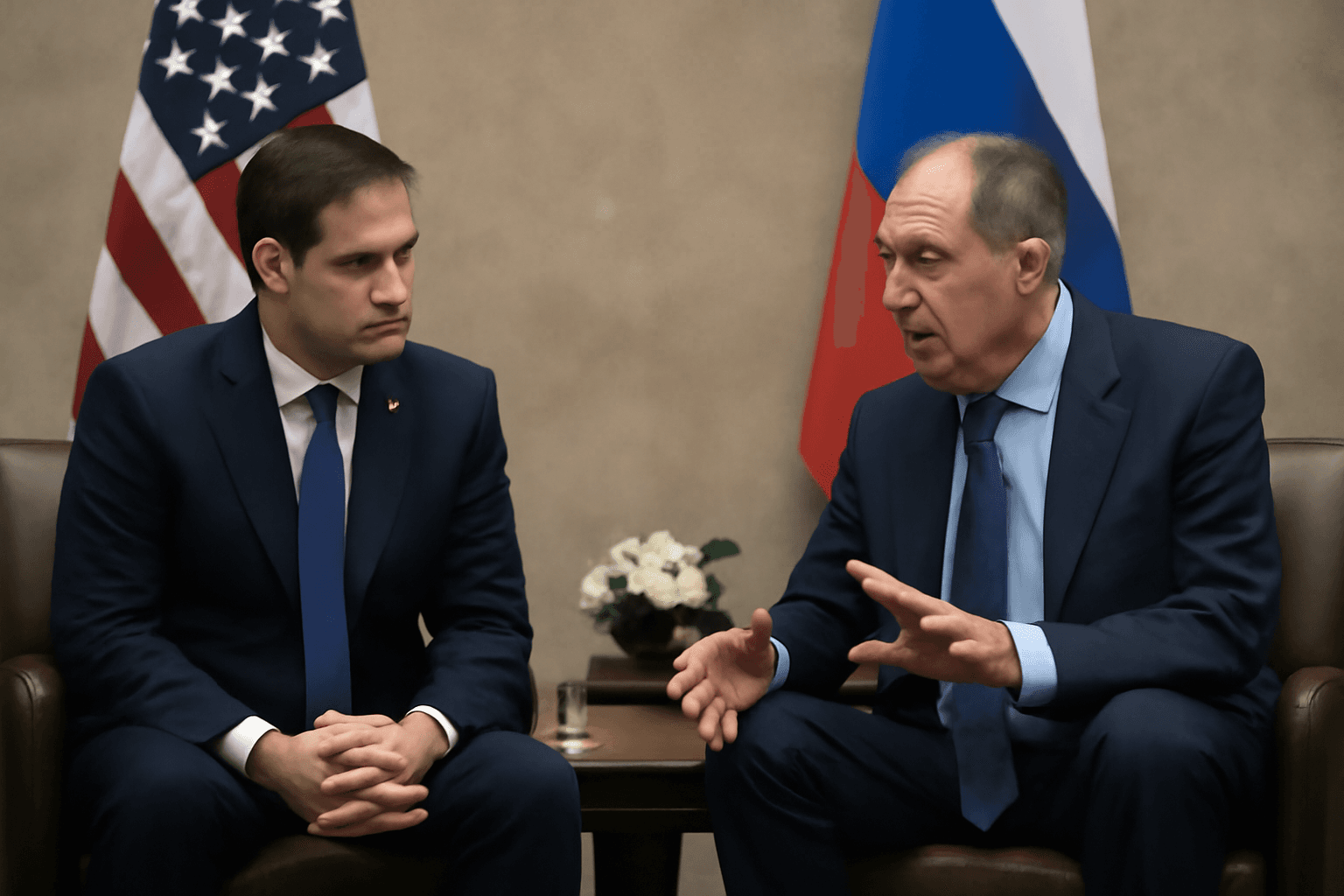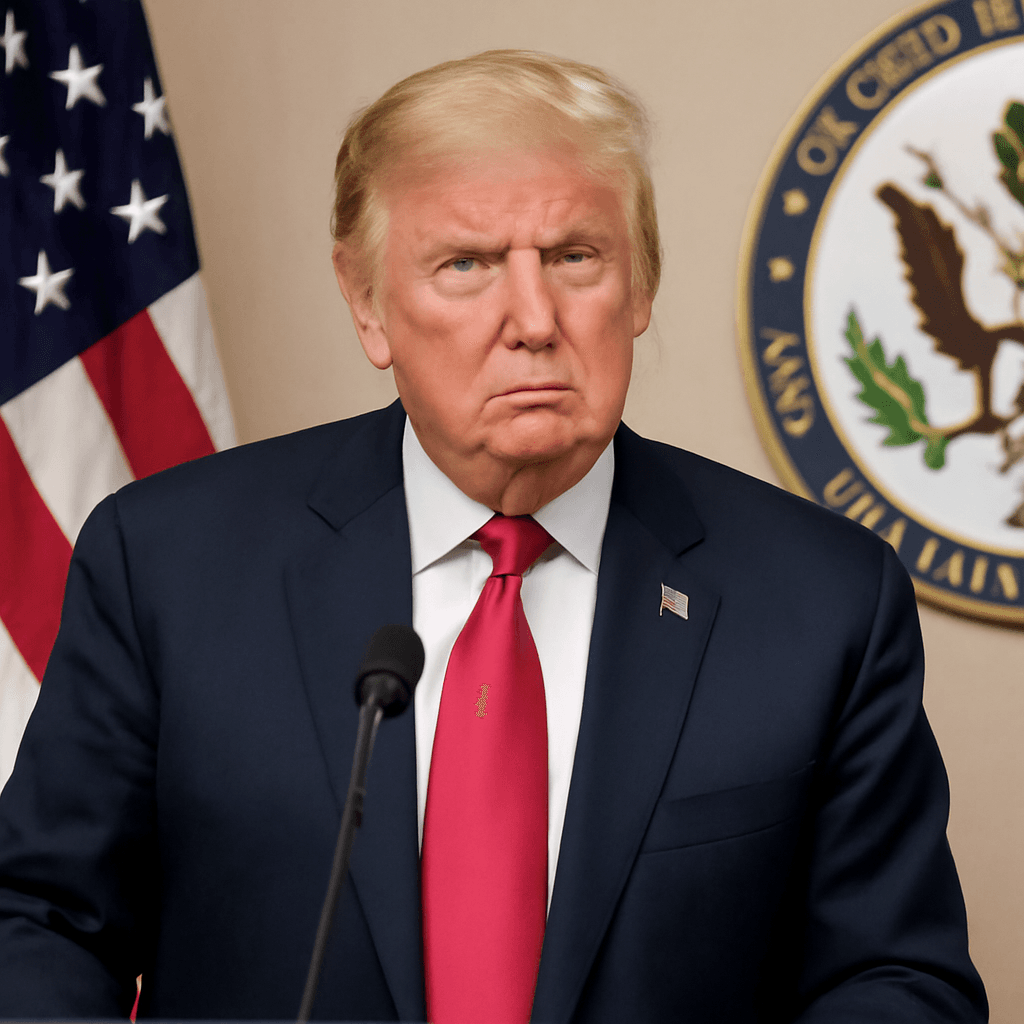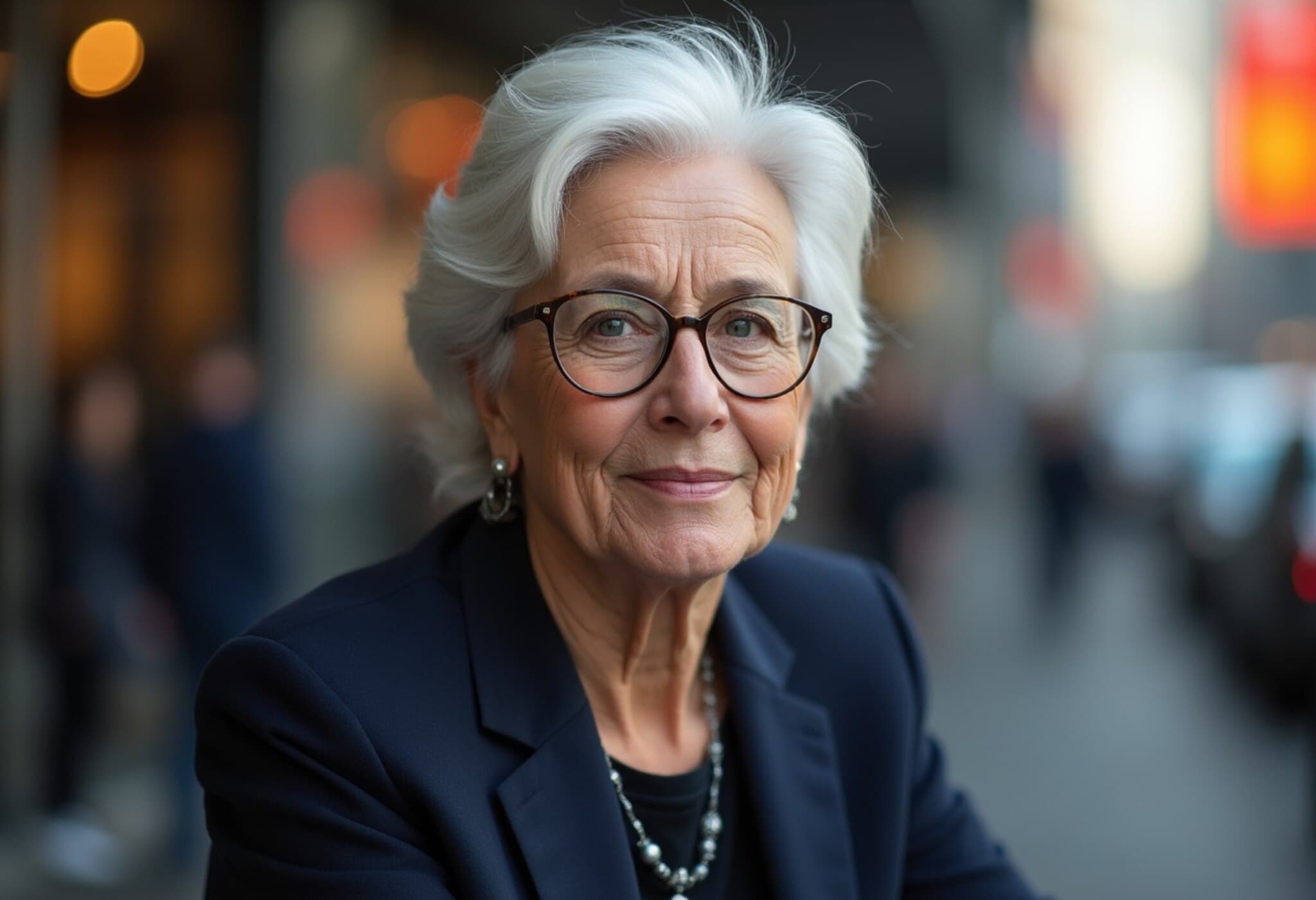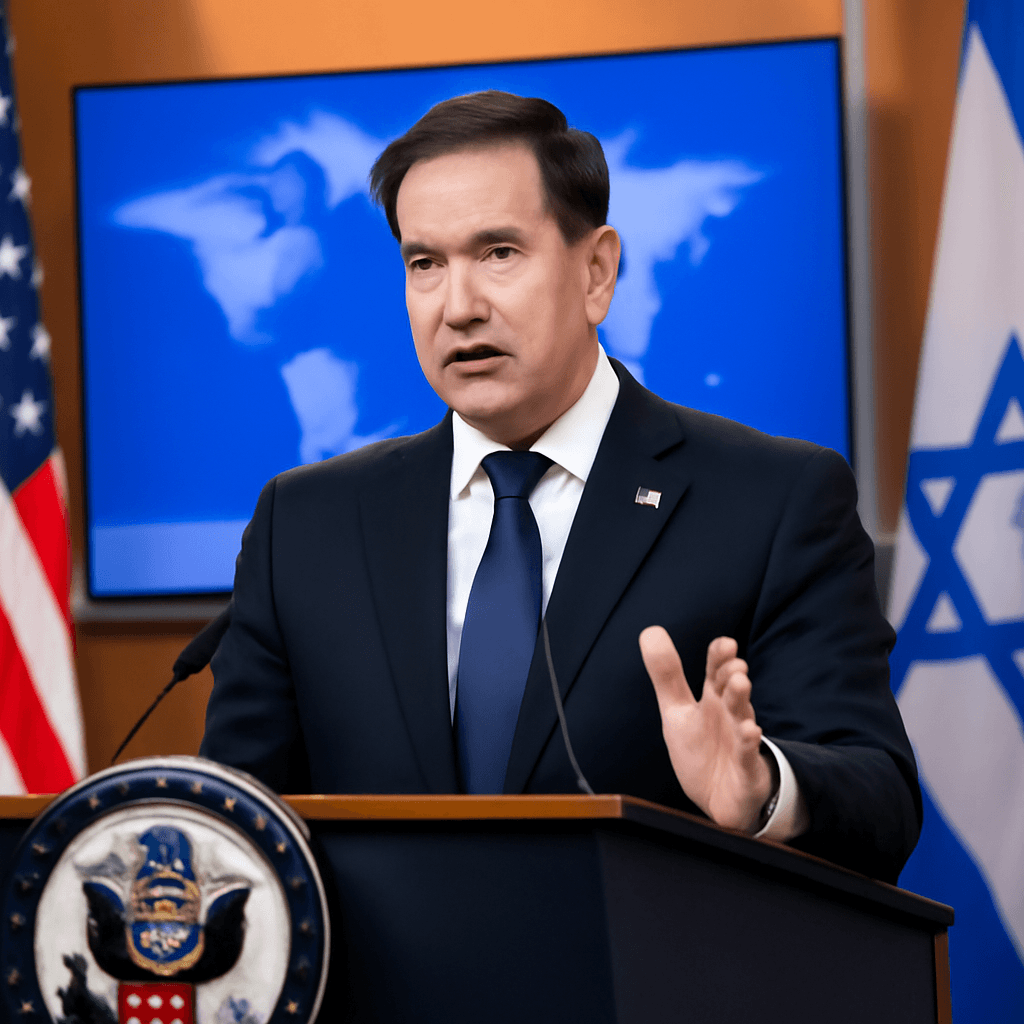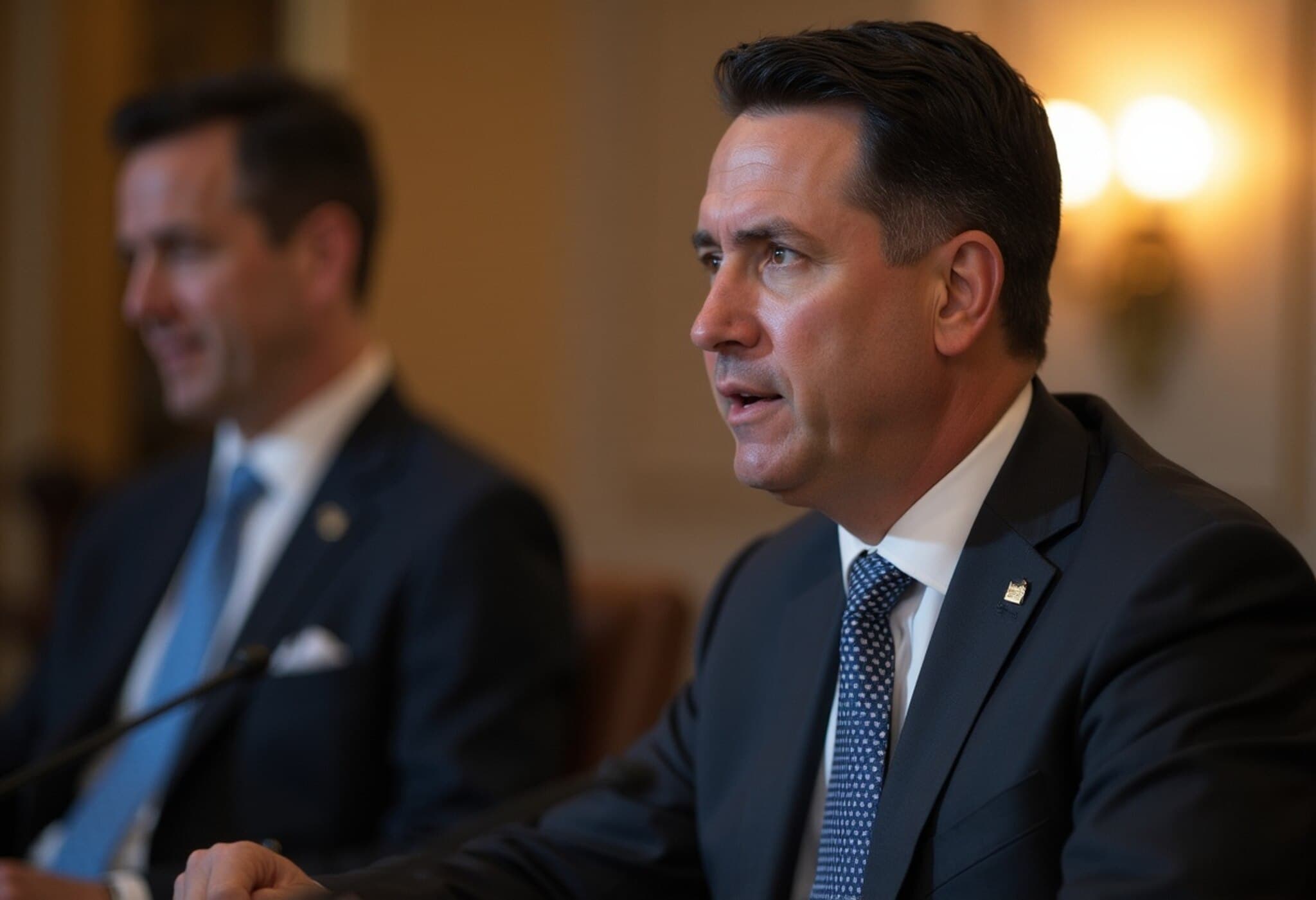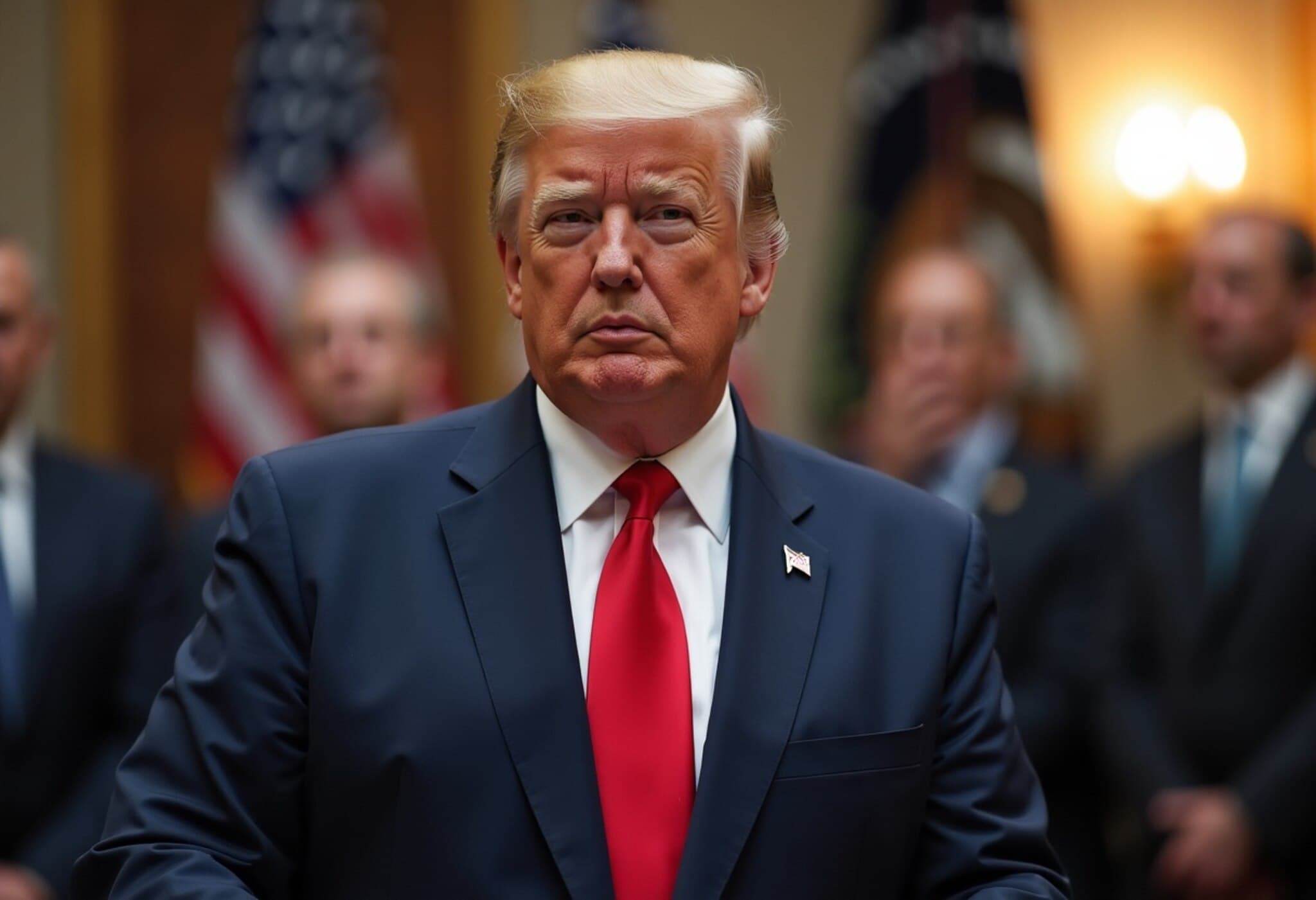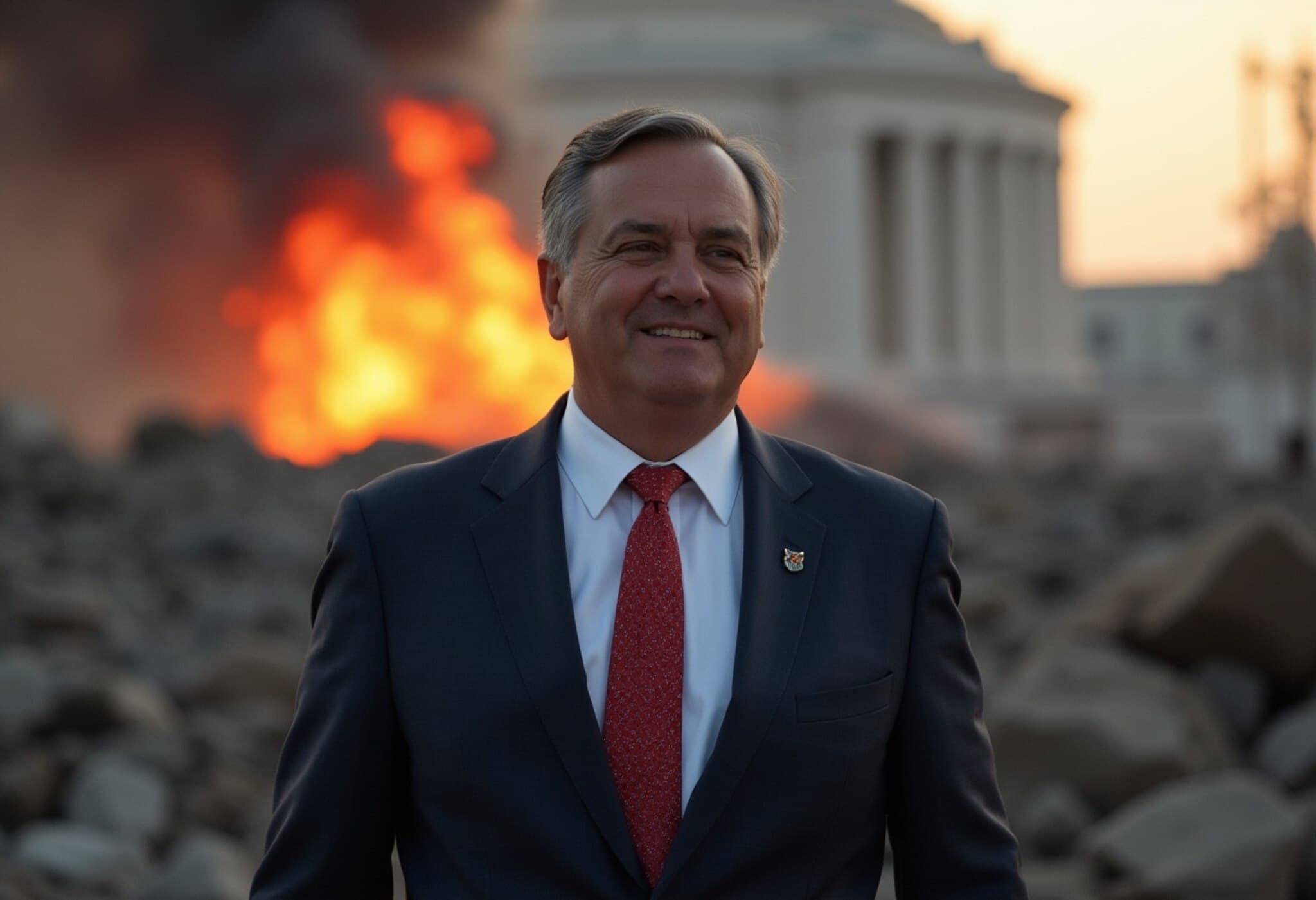US Secretary of State Marco Rubio Meets Chinese Counterpart Wang Yi Amid Rising Tensions
On the closing day of the ASEAN Security Conference, US Secretary of State Marco Rubio engaged in a landmark face-to-face meeting with China’s Foreign Minister Wang Yi. This encounter marked Rubio’s first personal dialogue with Wang and came less than 24 hours after his talks with Russian Foreign Minister Sergey Lavrov in Kuala Lumpur — underscoring a hectic diplomatic tour engaging two of America’s key geopolitical rivals within a day.
The Diplomatic Balancing Act in Southeast Asia
Rubio’s back-to-back meetings in Malaysia highlight the strategic complexities Washington faces in Asia. With lingering unease from past US policies, especially the aggressive trade tariffs imposed during the Trump administration, Southeast Asian countries have expressed their concerns directly to Rubio during the ASEAN summit. However, rather than tariffs alone defining the relationships, Southeast Asian leaders emphasized security anxieties, particularly regarding China’s expanding influence in the Indo-Pacific region.
In comments to reporters, Rubio acknowledged tariff issues but portrayed a broader cooperation dynamic: “It’s an issue, but I wouldn’t say it solely defines our relationship. There are many other issues we work on together, and there was great enthusiasm that we were here and engaged.”
Strategic Implications of Rubio-Wang Meeting
The stakes of Rubio’s meeting with Wang Yi couldn’t be higher. Their dialogue unfolded against a backdrop of ongoing trade frictions, disputes over technology dominance, and increasingly strained US-China relations over military posturing. Crucially, Rubio brought up sensitive subjects such as China’s perceived backing of Russia in its war against Ukraine.
Rubio remarked, “The Chinese clearly have been supportive of the Russian effort, willing to help as much as they can without getting caught.” This candid assertion signals a continuation of US concerns about China's indirect contributions to Moscow’s military capabilities — an issue that has flown under the radar but bears profound implications for international security policy.
Russia and China Send a Coordinated Message
Adding layers to regional geopolitics, Wang Yi also met Lavrov, after which both officials issued a nuanced communiqué warning against external powers attempting to fracture Southeast Asia’s unity. According to Russia’s Foreign Ministry, they “support ASEAN’s central role in regional cooperation and are committed to maintaining peace and stability in the Asia-Pacific.” This diplomatic stance implicitly critiques the US and signals China-Russia intent to influence ASEAN countries away from American alignment.
Understanding the Broader Context
This series of meetings is emblematic of the evolving global power dance — where the US confronts China’s rise not just economically, but also within security alliances and ideological influence across Asia. Rubio’s diplomatic engagements reflect Washington’s attempt to recalibrate and reinforce ties strained under previous administrations, while also confronting the challenge posed by China’s assertiveness and clandestine support to Russia’s war efforts.
For the US, Southeast Asia remains a pivotal arena. Balancing trade concerns, security commitments, and alliance-building requires deft, nuanced diplomacy — far beyond tariff disputes. Meanwhile, China and Russia’s tandem messaging showcases an alternative approach to regional influence, emphasizing multilateralism under their own leadership vision.
Key Takeaways
- Rubio’s dual meetings with Wang Yi and Lavrov within 24 hours illustrate an intense US effort to engage rival powers diplomatically in Southeast Asia.
- Trade disputes remain a sore point, but regional security concerns, particularly China’s expanding role, dominate Southeast Asian priorities.
- US accusations of China facilitating Russia’s military efforts in Ukraine add a critical, yet often overlooked, dimension to bilateral talks.
- China and Russia’s joint statements emphasize ASEAN centrality, seeking to counter US influence and promote regional stability on their terms.
Editor’s Note
This meeting between Rubio and Wang Yi symbolizes more than just diplomatic protocol; it encapsulates the delicate tightrope the US walks in recalibrating its Asia-Pacific strategy. As China continues to assert its presence and support contested fronts like Ukraine, American diplomacy must respond not only with economic tools but also with coherent security partnerships and clear messaging. The interactions in Kuala Lumpur invite us to reflect on the broader question: How can the US effectively engage Asia without escalating great-power competition into open confrontation?

